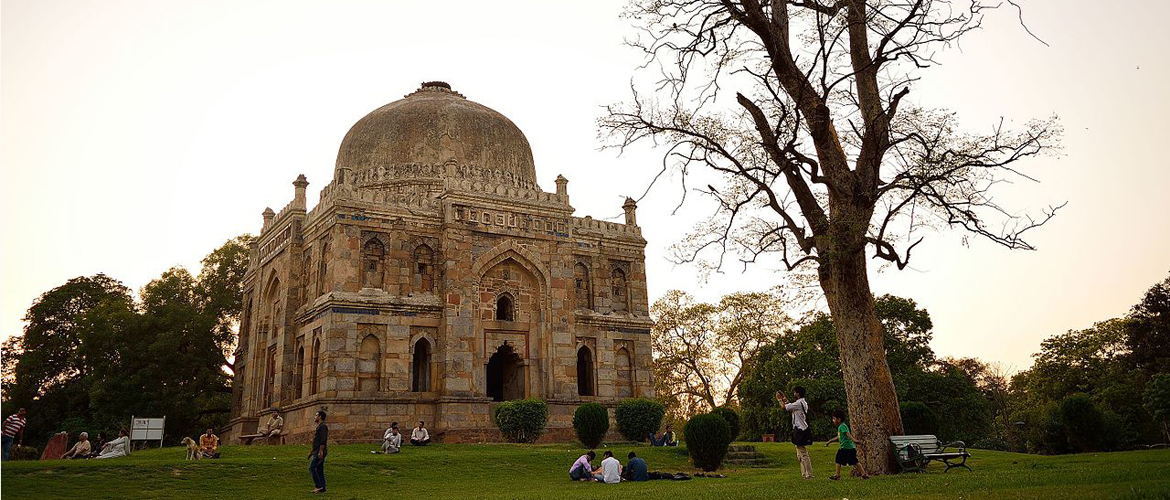It was an early October morning when I hastily reached Lodi Garden. The weather hadn’t begun to
Yes, you heard me. You forage for your meal! While it’s an interesting concept and is making noises in the West, closer home, foraging has always been a part of the tribal culture. One forages for leaves and fruits and makes a meal out of what has been gathered.
The 11-day Delhi Walk Festival (November 2-12, 2017) is going to offer 170 walks by experts and organisations to provide new experiences for the curious and showcase appreciation for the unfamiliar. This particular walk will be highlighted by Kush Sethi to make participants understand the edibility of unfamiliar or unknown varieties of plants and leaves which one sees all around. Instead of categorising them as weeds that grow on the roadside or gardens, they can be identified and used in meals and for medicinal purposes.
We head to the herb garden first. Sethi points out to different leaves as we look around. The various varieties of basil are on display as we are encouraged to taste. We look at each other and then take the plunge, only to be surprised! The smells are all too familiar but the shapes are unknown. Rubbing the different leaves we pluck leaves a rather pleasant smell on the fingers. Looking down at the ground, Sethi points to a small green leaf that grows in abundance. “Taste it,” he urges. An urban gardener, he loves to get people to understand the concept behind foraging. It’s sour and the aftertaste leaves me wanting more! “That’s wood sorrel,” he says. I could imagine using it in fresh salads all the time!
Spotting plants, some unknown like ‘Nuni’, some known such as ajwain and aloe vera, on the way, the group made its way to the nursery, the playground for the gardeners. It’s where they try different combinations, plant newly-procured saplings, tend to flowerpots for the annual show, grow fruits and vegetables; in general, add to the garden’s variety.
Sethi points towards a tree and asks if we know the name. It felt I was back in school when everyone looked at the other for the correct answer! The answer was drumstick or Moringa. Used frequently in region-specific cooking, little did I know the leaves are edible and are absolutely delicious. Another leaf which left a lingering taste was Nasturtium. The low-maintenance herb has this wonderful and strong after taste, almost radish-like. Along the way we also picked up edible flowers.

Now it was on to the second part of the foraging experience – getting to taste what we had gathered in specially prepared dishes. On to Social at Defence Colony we went, hungry and eager. Did you know how good basil in orange juice tastes? Try it if you don’t believe me. We then tasted a smoked beetroot gazpacho with edible flowers. A salad with mixed greens we’d foraged, watermelon, walnuts and beetroot was the highlight of my lunch experience. I would gladly go foraging just to make a similar salad at home! Other dishes we tried with our procured produce were pasta with greens and mushroom, ghee roast chicken with paratha; followed by dessert. It was a wonderful experience as we all sighed after a delicious meal.
The experience is unique and makes one understand how little we know of the natural world. One learns to identify and appreciate the versatility of plants we’d earlier believed had nothing to offer. If someone had asked me prior to this walk if I’d ever consider foraging for my dinner, I would have laughed. Today, I realise how possible it is. All it requires is the will to keep your mind open to new experiences!
What: Delhi Walk Festival
When: November 2-12, 2017
Types of walks: Culture and heritage, nature and ecology, design and photography, food, alternative and experimental, art and music.
food
cuisine
Foraging in Lodi Garden


